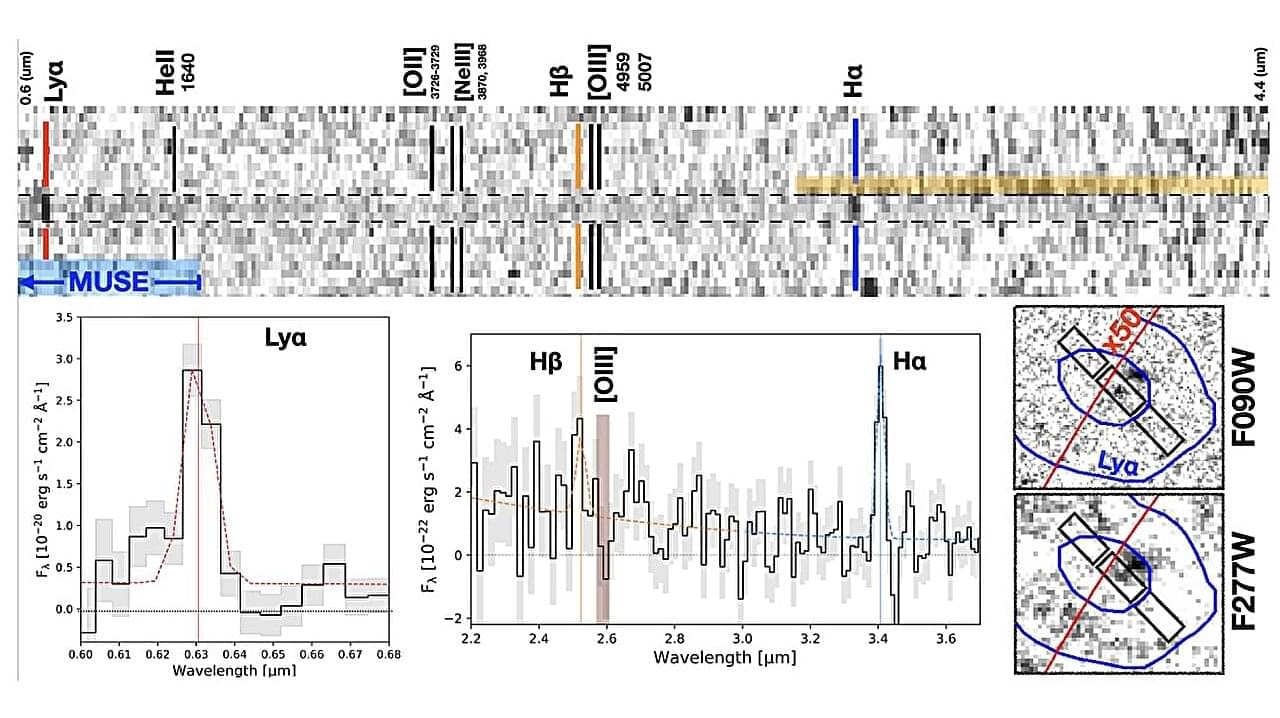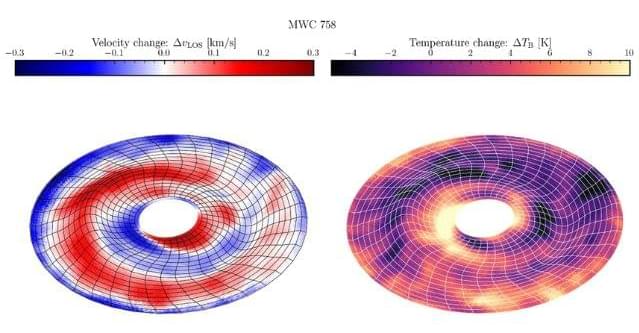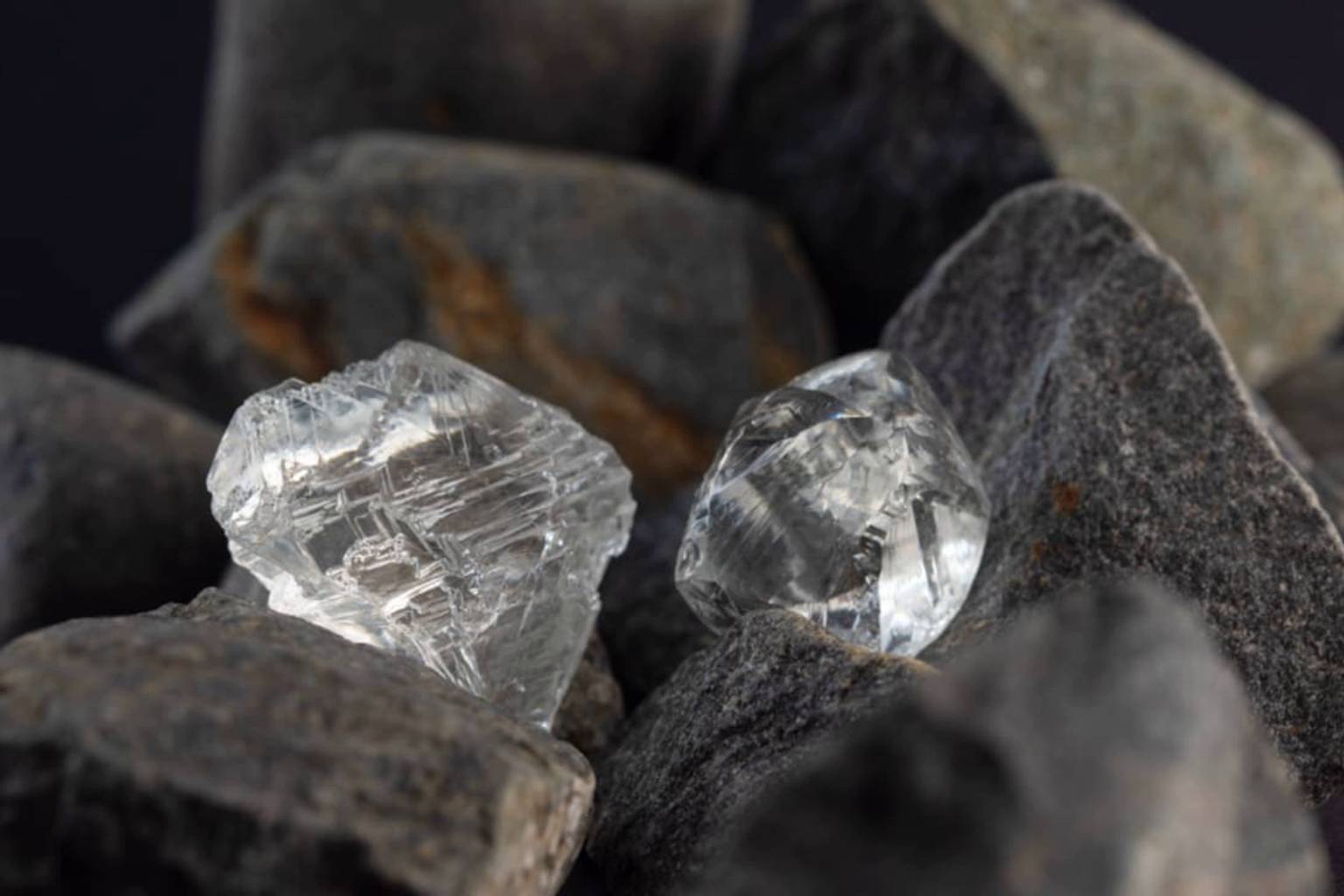Sorry to interrupt, but our fundraiser won’t last long.
This Tuesday, we ask you to join the 2% of readers who give. If everyone reading this right now gave just $2.75, we’d hit our goal quickly. $2.75 is all we ask.
Sorry to interrupt, but our fundraiser won’t last long.
This Tuesday, we ask you to join the 2% of readers who give. If everyone reading this right now gave just $2.75, we’d hit our goal quickly. $2.75 is all we ask.
Anastasi In Tech


Using the James Webb Space Telescope (JWST), astronomers have detected what appears to be a faint and small star-forming complex. The discovery of the new complex, which received the designation LAP2, is detailed in a research paper published Sept. 8 on the arXiv preprint server.
The hypothetical Population III stars, composed almost entirely of primordial gas, are theorized to be the first stars to form after the Big Bang. Finding very low-metallicity, low-mass sources at high-redshifts could be crucial to investigating these stars, as they provide a rare glimpse of galaxies under conditions similar to those of the early universe. This could help us understand, for instance, how the first generations of stars enriched the cosmos with heavier elements.
Recently, a team of astronomers led by Eros Vanzella of the Astrophysics and Space Science Observatory of Bologna, Italy, inspected one such high-redshift, metal-poor and low-mass source. The source was identified behind the galaxy cluster Abell 2,744, which acts as a strong lens.

Korean researchers have ushered in a new era for electric vehicle (EV) battery technology by solving the long-standing dendrite problem in lithium-metal batteries. While conventional lithium-ion batteries are limited to a maximum range of 600 km, the new battery can achieve a range of 800 km on a single charge, a lifespan of over 300,000 km, and a super-fast charging time of just 12 minutes.
A research team from the Frontier Research Laboratory (FRL), a joint project between Professor Hee Tak Kim from the Department of Chemical and Biomolecular Engineering, and LG Energy Solution, has developed a “cohesion-inhibiting new liquid electrolyte” original technology that can dramatically increase the performance of lithium-metal batteries. Their paper is published in Nature Energy.
Lithium-metal batteries replace the graphite anode, a key component of lithium-ion batteries, with lithium metal. However, lithium metal has a technical challenge known as dendrite, which makes it difficult to secure the battery’s lifespan and stability. Dendrites are tree-like lithium crystals that form on the anode surface during battery charging, negatively affecting battery performance and stability.


In an era of heightened geopolitical uncertainty, shifting supply chains, and growing decarbonisation challenges, the Council’s role in fostering transparency, cooperation, and pragmatic transition pathways has never been more vital.
About Crescent Petroleum
Crescent Petroleum is the first and largest private exploration and production company in the Middle East, with over 53 years of experience as an international operator in numerous countries including Egypt, Yemen, Canada, Tunisia, and Argentina, in addition to its continuing operations in the United Arab Emirates and Iraq.

A Japanese research team has rewritten the rules of diamond creation, turning carbon molecules into flawless diamond nanoparticles without the furnace-like heat or crushing pressure usually required. Led by the University of Tokyo, this breakthrough uses an electron beam to unlock what was once thought impossible—and it could change how scientists image and analyze matter forever.
Published on September 4 in the journal Science, this pioneering work could revolutionize material science and open new doors in technology. But beyond the technical marvel lies a profound shift in understanding how organic molecules react under electron beams.
China may soon lead the global race to mine minerals from the ocean floor

Engineers in Australia have created a new carbon-based material which allows supercapacitors to store as much energy as traditional lead-acid batteries and deliver charge much faster.
The new graphene materials are now being made in commercial quantities, says Dr Phillip Aitchison, chief technical officer of Monash University spinout Ionic Industries.
“We’re working with energy storage partners to bring this breakthrough to market-led applications – where both high energy and fast power delivery are essential.”
